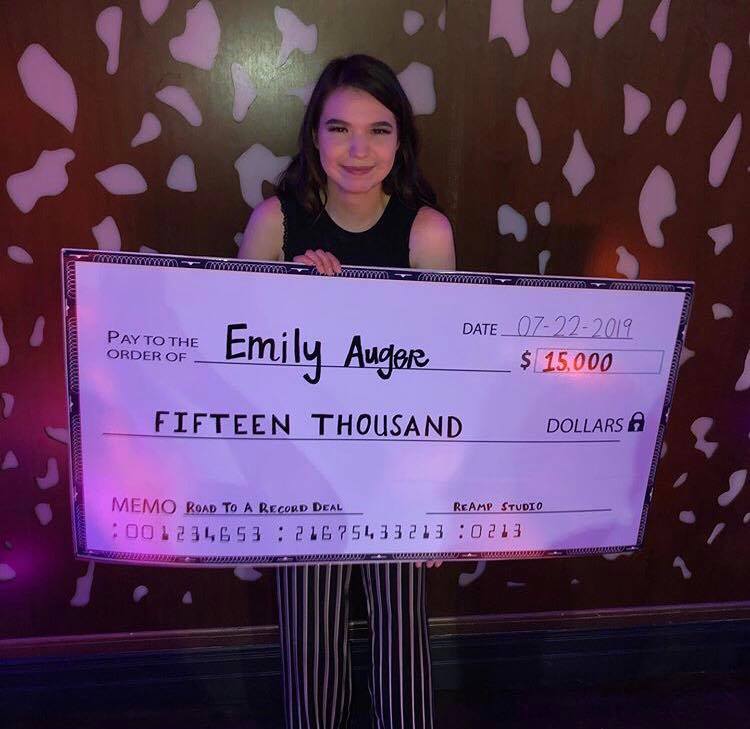


Many boxes don't do this but on this design, if you flip the ground lift switch you will absolutely isolate the instrument output from the source/pin1/earth ground and chassis of this device. Another great feature of my design is what I call 'true' ground isolation. You will find this an indispensible problem solver in your studio. I have used the re-amp technique to process voice, snare drum, kick drum, other percussion, and almost always bass guitar. In fact, I don't even like to call this a 'guitar reamp', because it will re-amp anything.

It is as transparent as the purest piece of glass. Also unlike some designs, this design does not pinch the sound bandwidth due to cheaper transformers or 'voice the signal for guitar', etc, etc. Unlike some other boxes that are noisy/electronic and highly lossy and filtered or anemic, this design is all passive doing all of its 'magic' within the custom transformer and audiphile grade attenuator pot. I believe we are the first to do one with a +6 output, certainly the first passive box to do so thanks to an amazingly good quality custom transformer. Just about every reamping box I've seen on the market follows this approach and has a maximum output lower than its input. This explains why, in my studio experience many years prior, I saw engineers using a 10dB guitar 'boost' pedal as a follower to the original (John Cuniberti) ReAmp box. Coming out of the DAW into a channel of your interface, it may well need makeup gain to drive some amplifiers well, despite popular belief. This means that, in practice, a captured DI in your DAW is not for the most part a '+4 signal', whether it is by technicality or not. DI tracks need headroom in the DAW not to clip on the loudest transients (which are wildly higher than the signal average), and have a shockinly low signal average outside of those peak transients. In speaking with Glenn and othere professionals, I came to realize that, although a reamp is designed to transformer balanced line level to unbalanced instrument level and therefore 'shouldn't need gain' (as I previously believed), the fact is that a properly captured DI track is extremely dynamic. Your tracks are too important to risk with anything less. Unlike every other mass produced reamp on the market, I personally make sure each and every one of these are absolutely perfect before they go out. The Signal Art ReAmp has been used and praised by a number of noteworthy engineers, artists, and influencers, including Ryan Earnhardt (Creative Sound Lab) and James Murphy (freelance producer, mixer, and mastering engineer, as well as legendary guitarist).Įach of these reamps are personally hand-wired and built by me and are sweep-tested for phase, THD, level, and frequency response. Developed in cooperation with Glenn Fricker from Spectre Media Group and based on my earlier Re-Amp design, this new version of my Re-Amp features a very high end custom wound American made transformer and provides a whopping output potential of +10dB in normal use (a nearly 6dB step up from a balanced +4 line input source), high enough to drive any re-amping application.


 0 kommentar(er)
0 kommentar(er)
